It was 600 years ago today

A cheery Agincourt archer.
Wikimedia Commons.
Wikimedia Commons.
Previously blogged by me in my other blogging life on MusiCB3.wordpress.com (the blog of the music collections at Cambridge University Library and the Pendlebury Library).
Some years ago I was motoring up from the South of France, trying my best to get to Calais before French lorry drivers blockaded the port. It was a particularly grey and foggy day just around this time of year. As I headed further north, out of the gloom a colourful sign appeared – “Azincourt welcomes its English visitors” read the notice emblazoned on a cartoon cut-out archer, half Disney / half Asterix the Gaul.
I’ve always had a bit of an interest in Agincourt – I’m from Monmouthshire, the birth place of Henry V, many of the Agincourt bowmen were reputedly from the same county; the Agincourt song was one of the first pieces of music I learned to read; and it was only a few days after the anniversary of the battle. So off I drove through a French farmyard in search of the site of Agincourt. Once I got to the fields however I was completely confused, where exactly had the battle taken place? So I stopped my car, got out, and promptly fell over a sign marking the British lines. Purely by accident I’d ended up right on the front line.
You may remember that last Christmas there was a blog post here about the Trinity Carol Roll. Also on the roll, but not relevant to the Christmas post, is the earliest version of the Agincourt song. The roll was probably compiled a few years after the 1415 battle, and with the 600th anniversary due to fall this Sunday, this seemed like an ideal time to explore the song and its after-life.
Various theories have been put forward as to the provenance of the song, the most romantic suggestion being that it was composed (and sung!) on the battlefield by an English soldier. A rather more likely theory is that it was written for the Agincourt pageant, which took place in London in November 1415. It has even been attributed to John Dunstable, though this is unlikely. Chroniclers report that Henry V asked that songs being sung in his praise during the pageant should cease in favour of more spiritual music, this could possibly be a reference to the Agincourt song. Trinity’s version may date from as early as 1419 with the Oxford edition, with its more luscious capitals, dating from about 30 years later. Helen Deeming has written a fascinating article on the sources of the Agincourt carol in Early Music, vol. 35, no. 1 (Feb 2007) (P409.c.179, also available via Oxford journals if you have a Raven password).

The Agincourt Song “Deo Gracias Anglia” from Trinity College’s Carol Roll, O.3.58.
Creative Commons license.
Creative Commons license.
It’s not clear how long the song survived in the popular imagination post-Agincourt. A number of Agincourt related songs were also written around the same period; and although it would appear that Shakespeare may have been influenced by the lyrics of the various songs when he came to write Henry V, it’s interesting to note that there is no direct mention or apparent use of any of the songs in the play.
The song was introduced to a new generation in the eighteenth century when John Stafford Smith (who composed the tune that became The Star Spangled Banner) compiled A collection of English songs, and included the Agincourt song among them. His source was a copy in the Pepys’ ballad collection at Magdalene College, Cambridge. It seems most likely that this was copied from the manuscript that is now in the Bodleian; as Pepys and John Selden (the original owner, hence MS.Arch.Selden.b.26, fol. 17v) were acquainted. Following Smith’s compilation – which can be freely viewed on IMSLP, the song was mentioned a number of times including William Chappell’s influential The ballad literature and popular music of the olden time (M290.b.85.112-113) in 1859, and Fuller Maitland’s English carols of the fifteenth century in 1891.
Unfortunately as the song was resurrected, Shakespeare’s play seems to have become less popular with Victorian audiences. The First World War though increased its popularity, and reception through the 1920s and ’30s was generally positive culminating in the 1944 film production of Henry V, directed and produced by Laurence Olivier, who also played the starring role.
Olivier’s production was originally intended as a call to arms, but its release in late 1944, made it less a propaganda film, and more a reflection of the current conflict as the Allied armies moved through occupied Europe. The film cleverly opened within the constraints of a reconstituted Globe theatre. Walton’s music though stays resolutely twentieth century except where it directly interacts with the action. Where this happens Walton refers to earlier sources – including the Fitzwilliam Virginal book, and Canteloube’s Songs of the Auvergne. A brief reference to the Agincourt song marks the opening of the battle sequence, while the song bursts forth triumphantly as the armies depart the battlefield, and the King names the battle “Agincourt”.
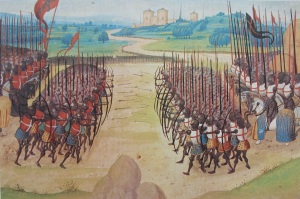
A fifteenth century portrayal of the Battle of Agincourt.
Wikimedia Commons
Wikimedia Commons
The sumptuous sets and costumes were closely based on the paintings and illustrations that had brought the Hundred Years War to life. Walton’s clever use of music produced a splendid symbiosis between designers, costumiers and musicians. He had asked Ralph Vaughan Williams for advice on early sources, and it was Vaughan Williams who had recommended the use of the Agincourt song, having used it himself in a production at Stratford-on-Avon in 1927 (although he didn’t mention this to Walton!). John Laurie, who was in the 1927 cast also appeared in Olivier’s film.
Unlike many film scores that were routinely destroyed by the studios, Walton’s Shakespeare scores were remarkably lucky (see the article on Walton’s film scores (Raven password may be needed) by James Brooks KuyKendall in Notes, vol. 68, no. 1, September 2011), and many of his film scores can be viewed in the Beinecke Rare Books Room at Yale. The William Walton edition includes two volumes which feature the Agincourt song, the early suite arrangement by the composer (M200.a.192.22), and the fascinating Henry V : a Shakespeare scenario (M200.a.192.23), an arrangement by Christopher Palmer, a Cambridge alumnus.
As for the Trinity Carol Roll, it is currently in France, where the Agincourt song features at the centre of an exhibition at the Musée de l’Armée in Paris.
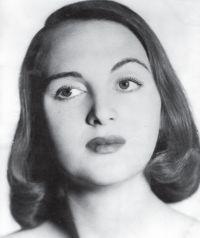
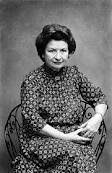

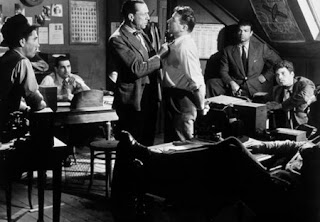

.jpeg)
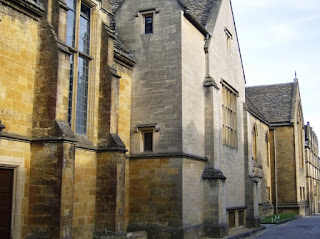
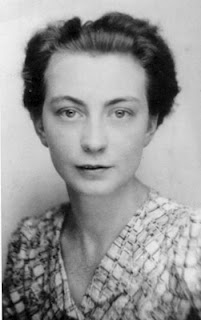
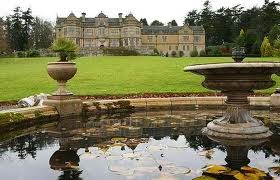
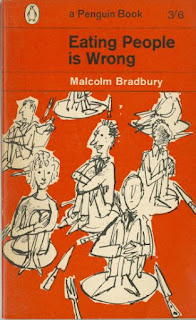
Comments